
The topic of psychological safety has come up several times in conversation over the last week or so, and has been bubbling under as a topic for days now. Wikipedia defines “psychological safety as a shared belief that the team is safe for interpersonal risk taking.[1] It can be defined as "being able to show and employ one's self without fear of negative consequences of self-image, status or career" (Kahn 1990, p. 708).[2] In psychologically safe teams, team members feel accepted and respected.”
In the absence of psychological safety, innovation, “radical candor” (see Kim Scott), team learning, engagement and continuous improvement is inhibited. It is important to the manager coach for creating an interpersonal dynamic that is free from guardedness. It creates an environment in which team members do not fear judgement, ridicule or the potential of saying something that is career limiting.
Uncertainty about how to “be” with one’s manager is a significant inhibitor to the quality of thinking that manager coaches seek.
A couple of years ago I was working with an executive who had got off on the wrong foot with his team. He was radically different in every way from his predecessor. While the team may not have liked his predecessor, they did know how to work with him. Because they did not know how to work with my client, they did not trust him and he had real problems getting going with them.
I had recently come across an article by Leah Fessler (https://qz.com/1046131/writing-a-user-manual-at-work-makes-teams-less-anxious-and-more-productive/) in which she describes writing a user manual for yourself that makes your team members more certain of how to deal with you. I have subsequently read other articles advocating something similar. Your Personal User Manual will have a number of headings which you can use for guidance. Here is one example:
- My Style
- What I value
- What I don’t have patience for
- How best to communicate with me
- My flaws
- What I am working on in myself
- What to do when my flaws show up
- How you can help me
- What people misunderstand about me
You could do a little research and make up your own set of headings. Completing the content under the headings is a valuable reflection exercise. It causes you to think carefully about yourself, your flaws and hot buttons, and what your team should understand about you in order to not feel the need to guess or tiptoe around you. It also gives them guidance about how they can help you to grow and develop.
In order to complete your personal user manual, you could use a number of sources:
- Any personality profiles you have completed (such as Strengthsfinder, Enneagram, Myers Briggs, DISC, etc.)
- Your most recent performance appraisals
- Colleagues and team members: send them the same questions and have them share their experience of you
Once you have sufficient input, finalise your Personal User Manual. Then share it with your team and have a rich discussion with them, encouraging their comments and questions. Then encourage them to each compile their own user manuals to be shared and discussed at later team meetings.
This is approach has a number of benefits:
- It gives you the opportunity to model vulnerability – meaning you show yourself honestly and unguardedly (including your flaws), knowing that judgement is possible.
- The fact that you are willing to be vulnerable in front of your team demonstrates more loudly than your words that you will create the same psychological safety for team members who reveal themselves.
- It teaches that we are not all the same and that we make a mistake when we deal with everyone in the same way. We are able to use this information in order to deal with different people in ways that suit them and bring out the best in them.
- It is a valuable tool in the journey to self-awareness.
- It could be subject-matter for future coaching conversations with your team members – if they wish to do so.
While it is really useful for a manager who is new to the team to do this exercise, there is also no harm doing it later in your relationship with your team. As my client discovered, it was in making himself more knowable that he was able to build healthy relationships with his team and break through their resistance.



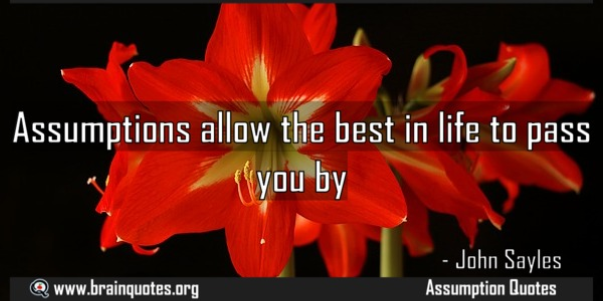


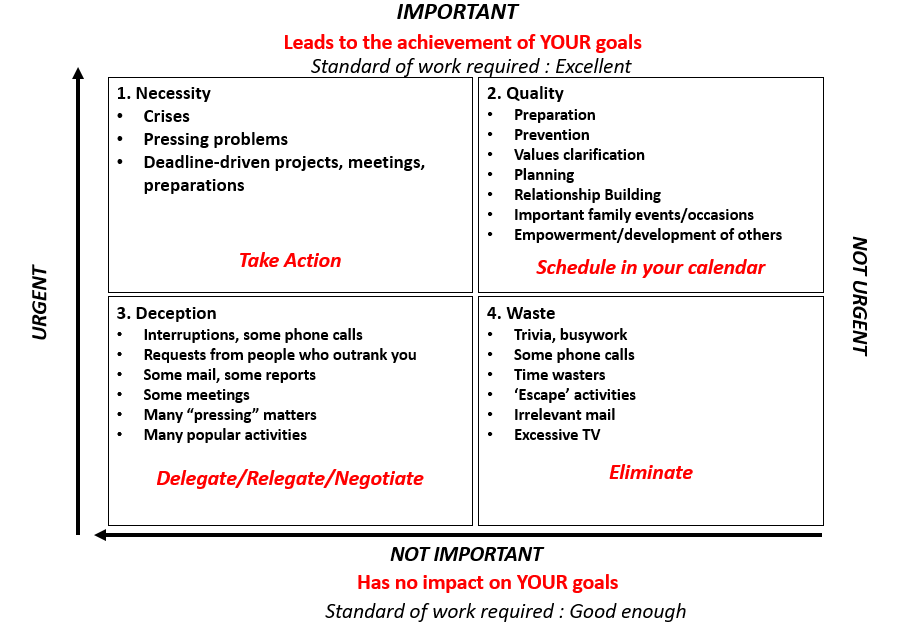




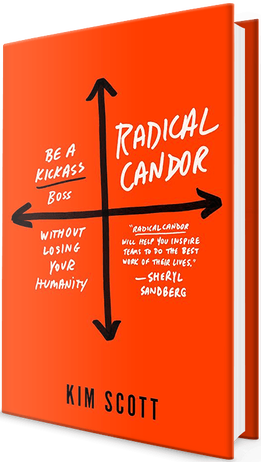
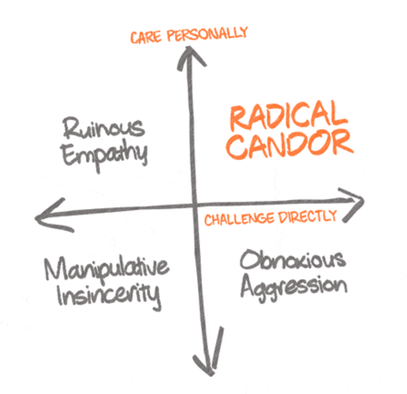
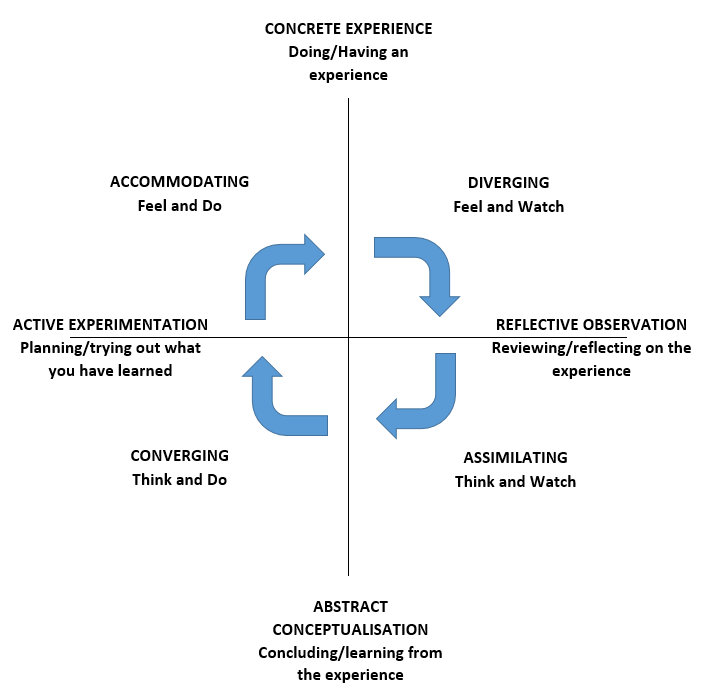
 RSS Feed
RSS Feed


